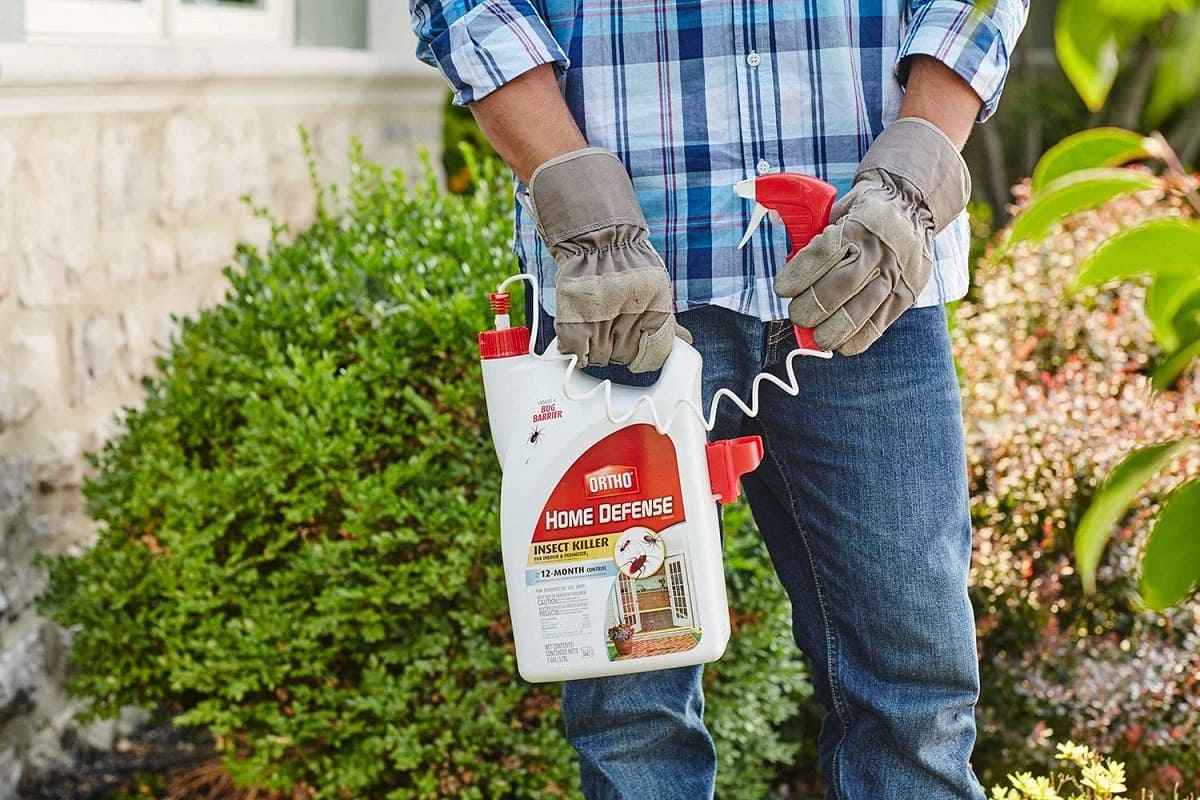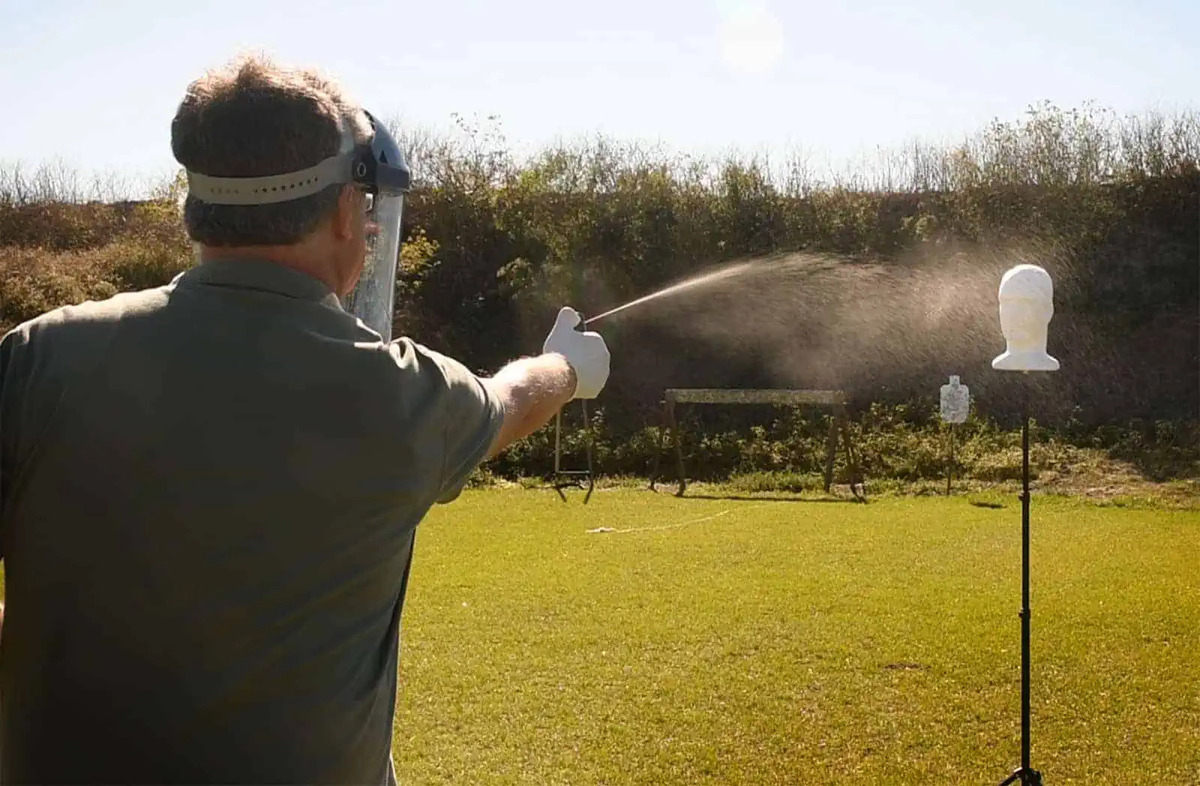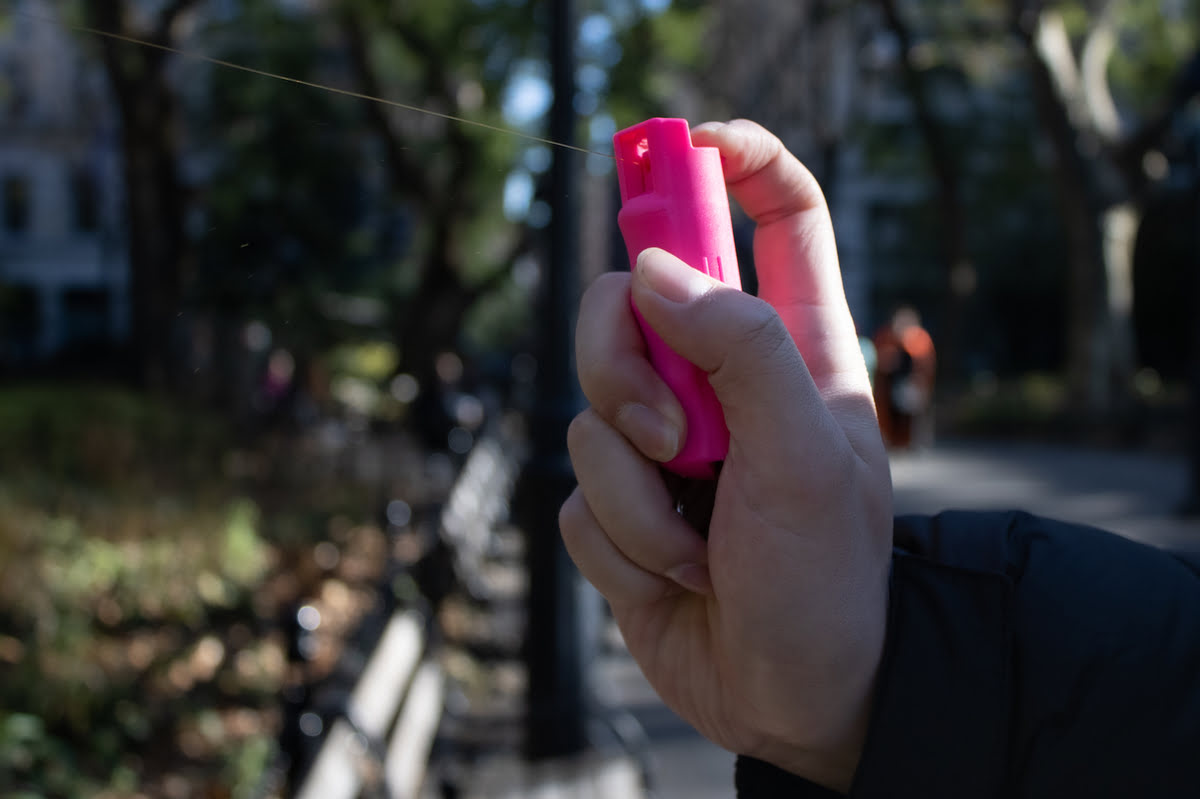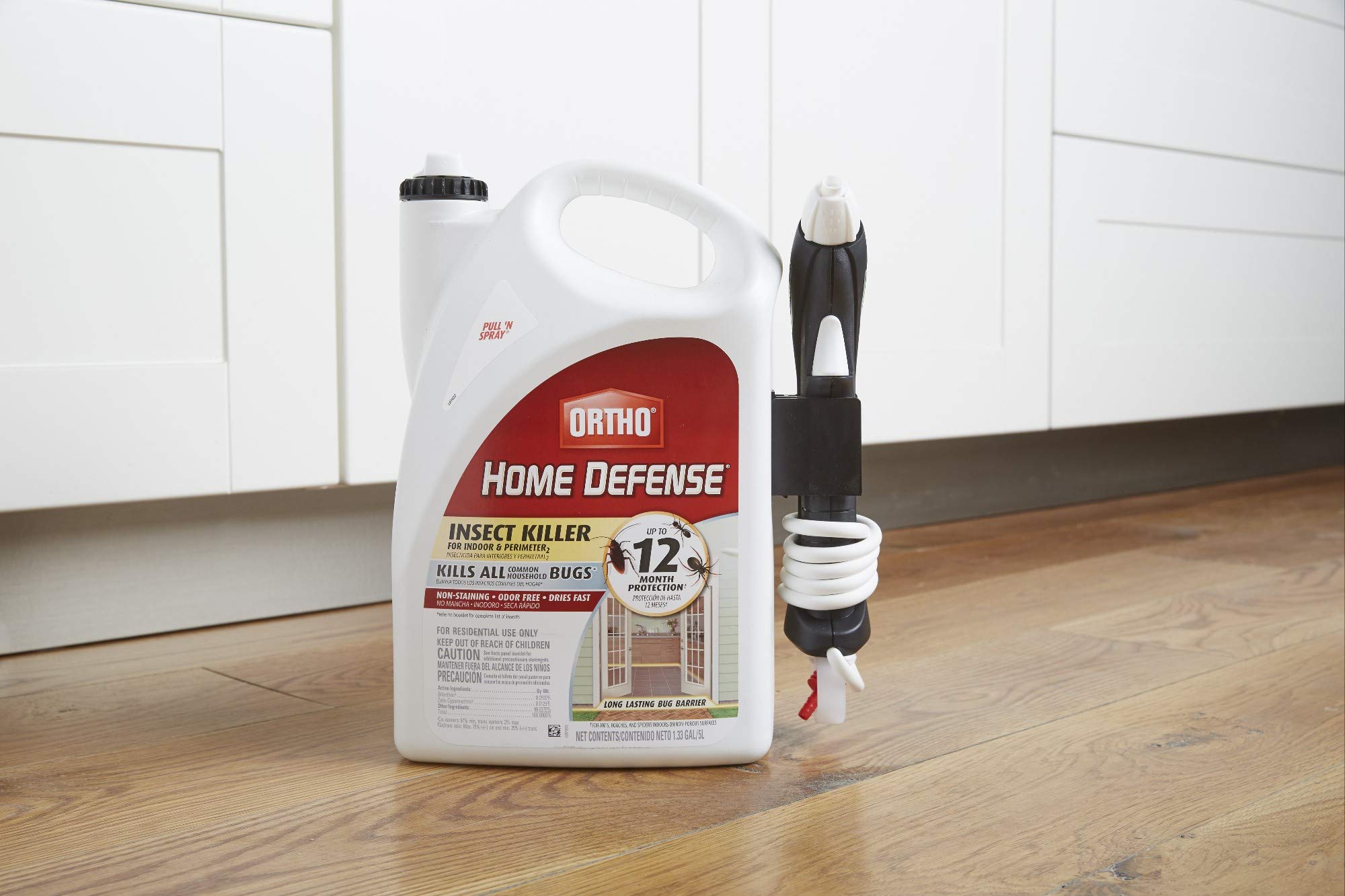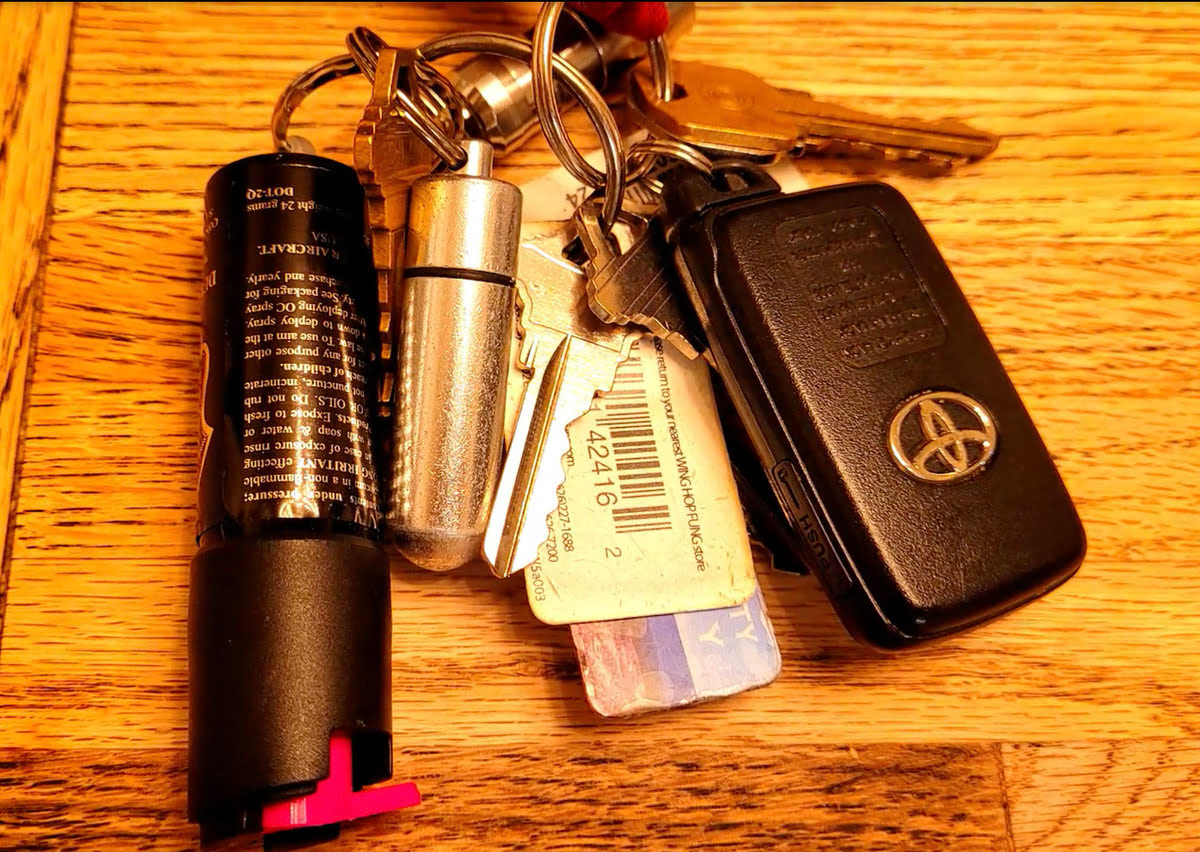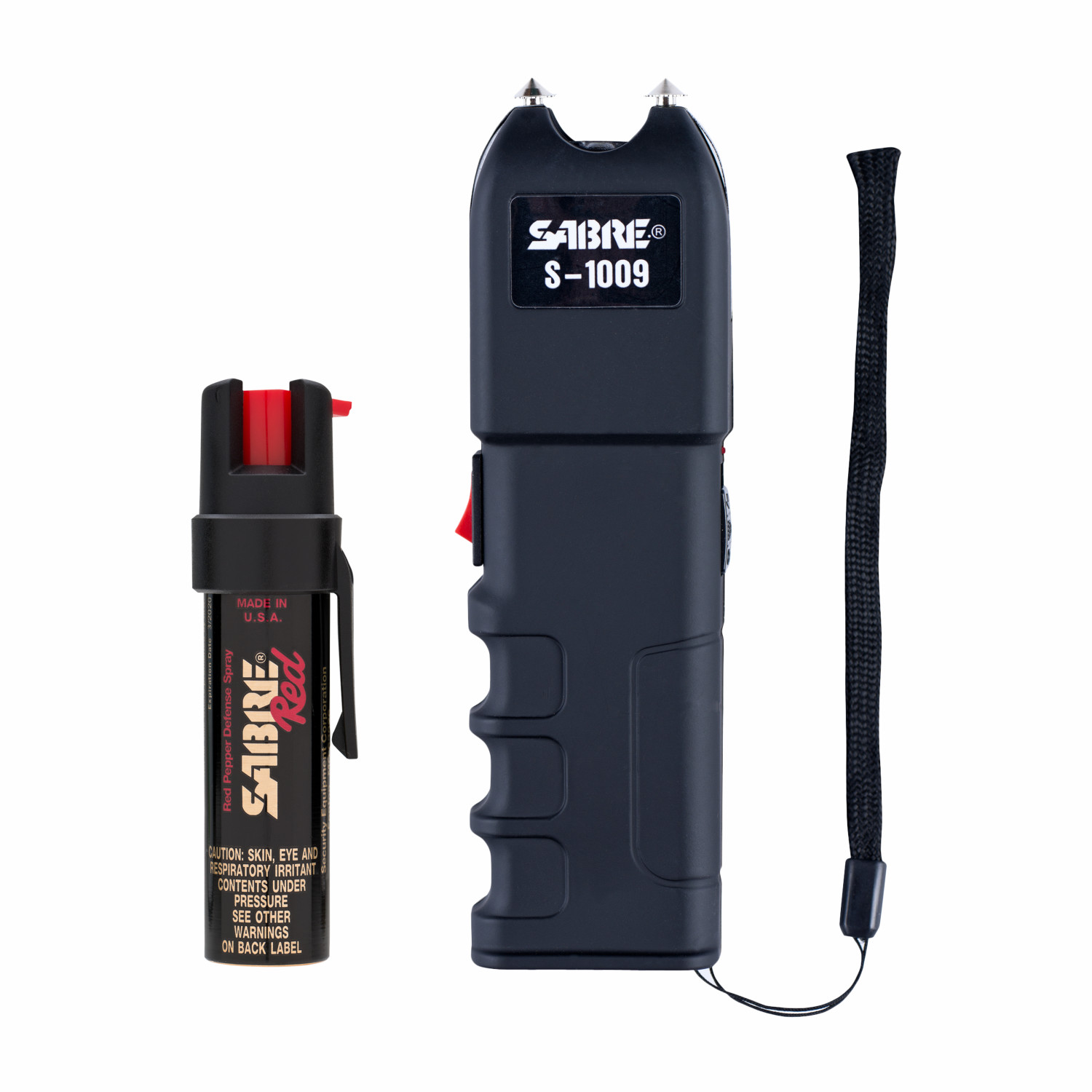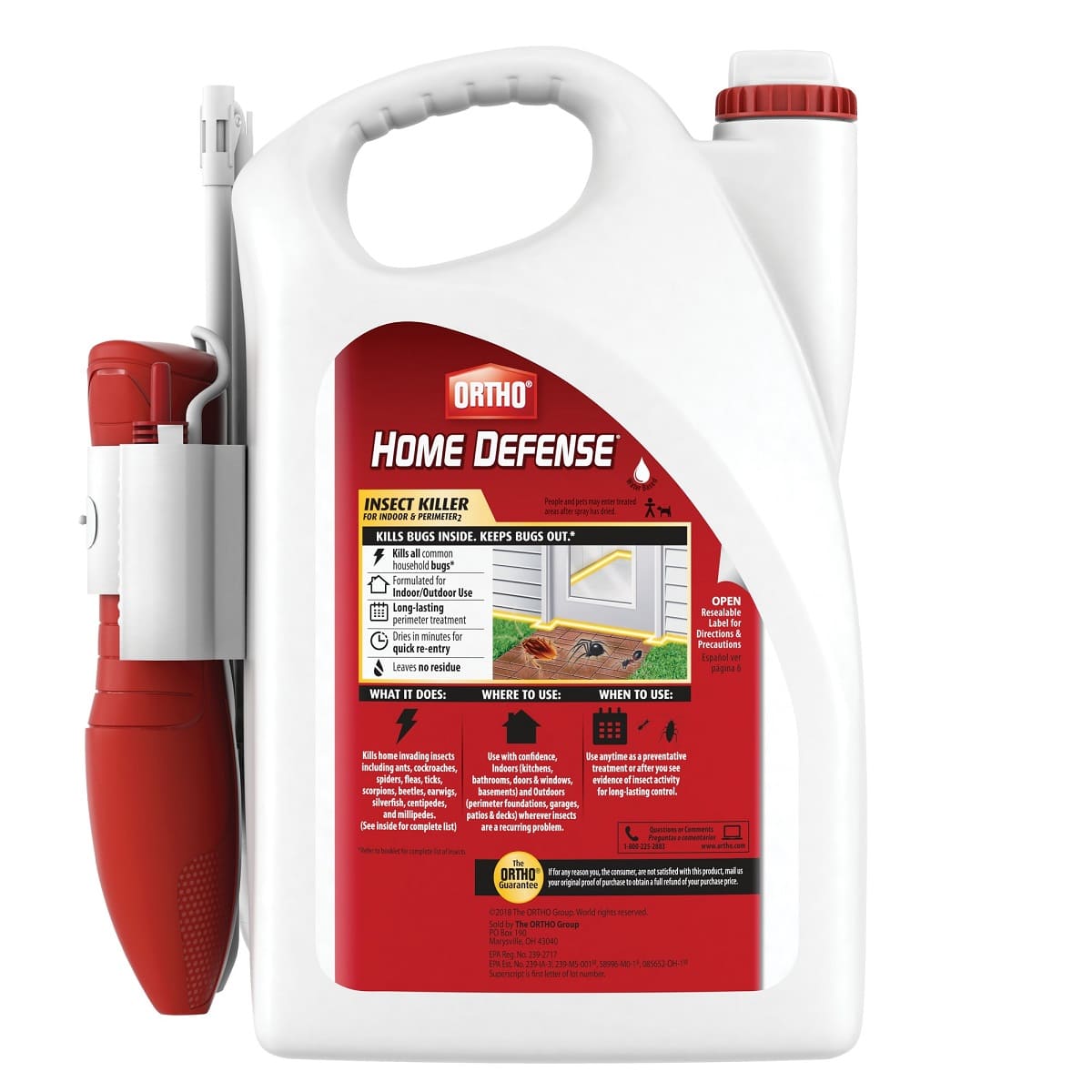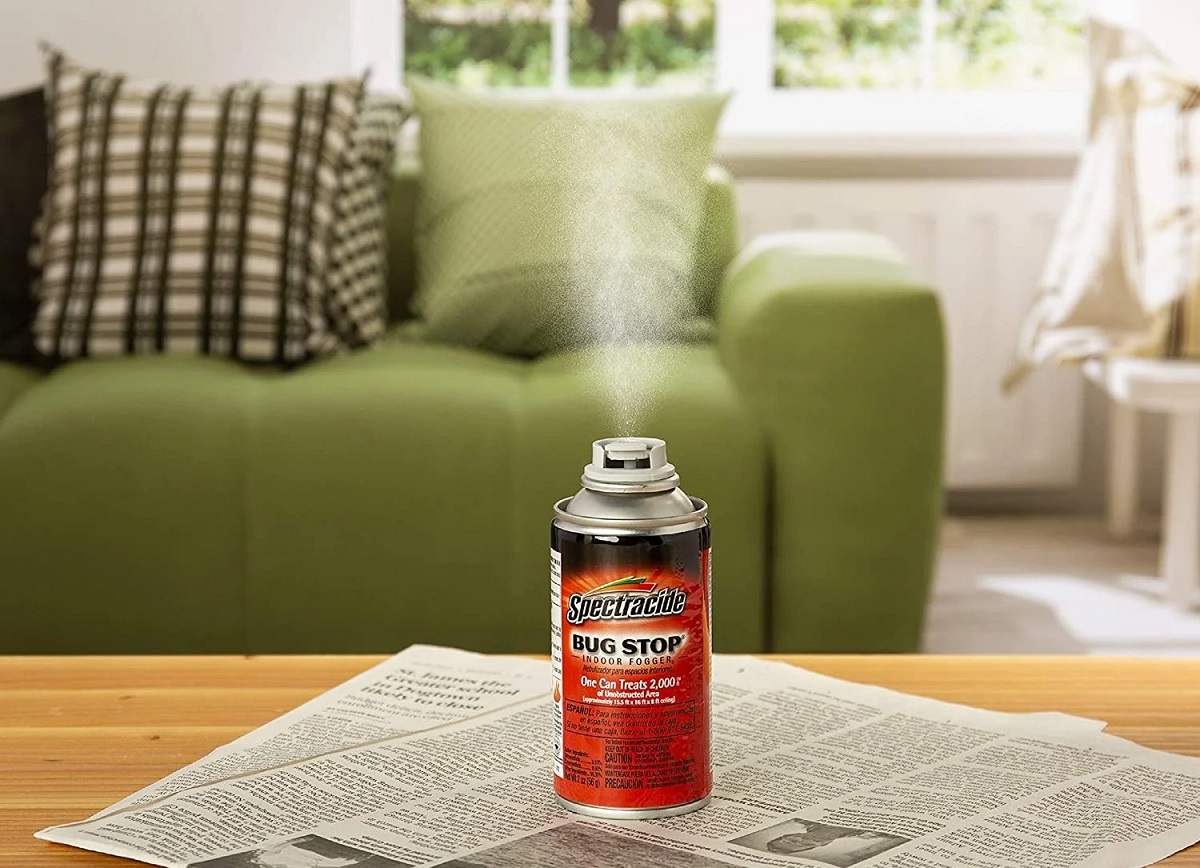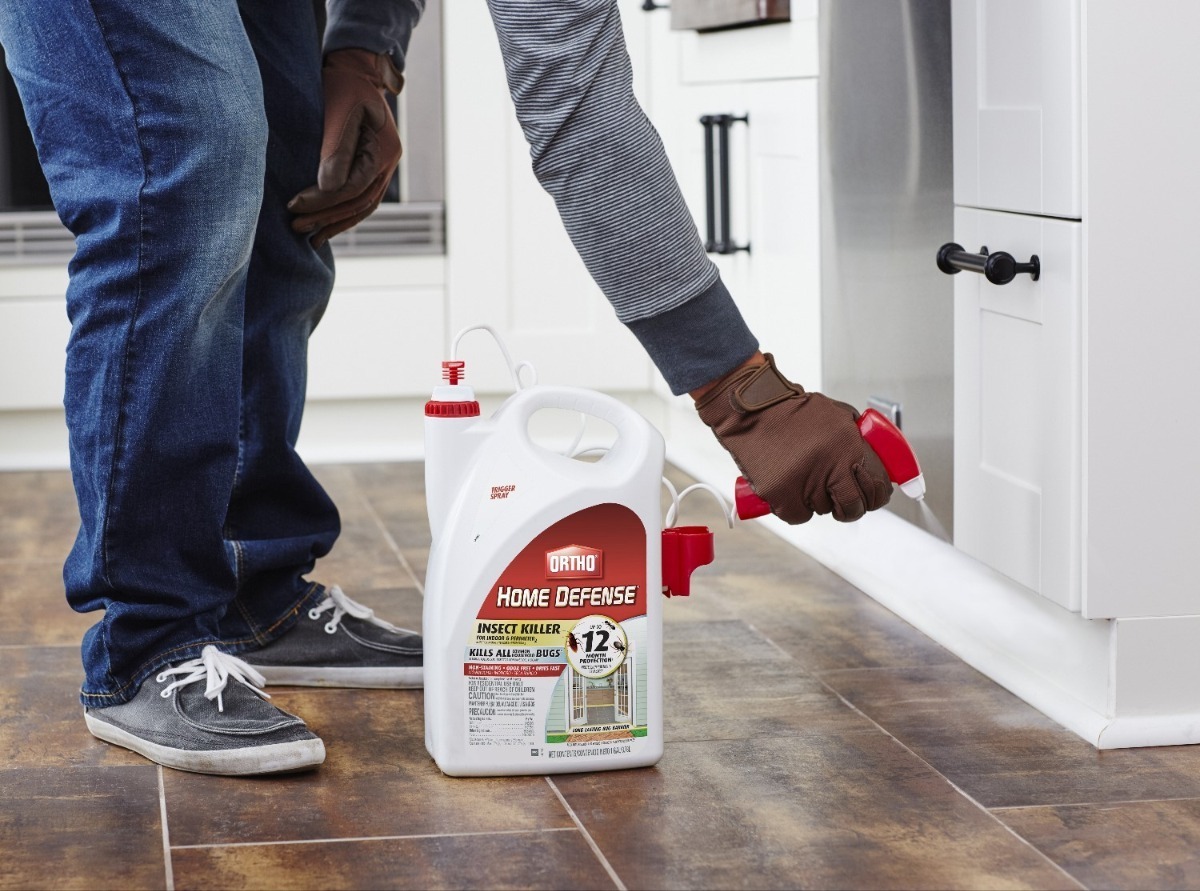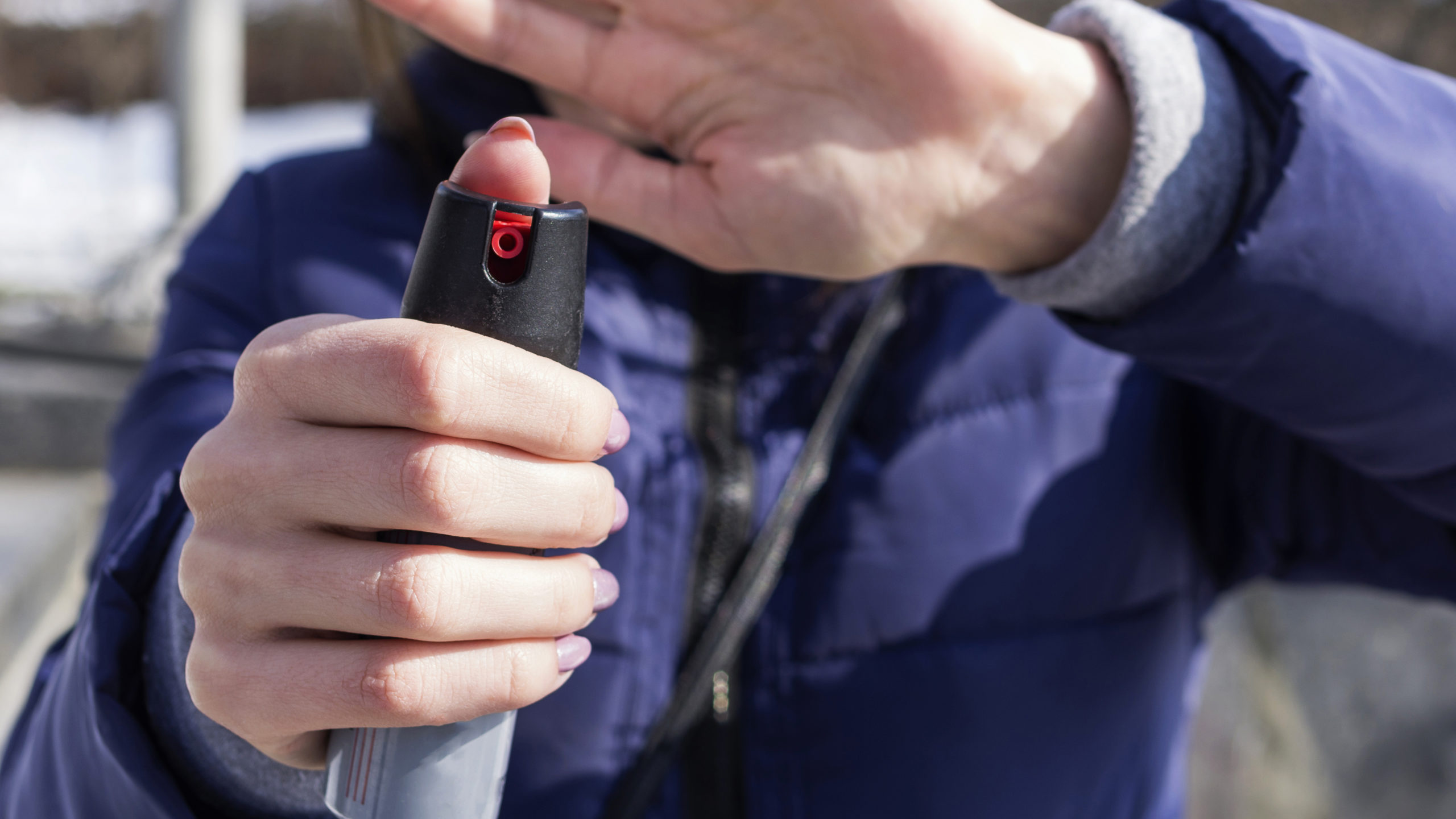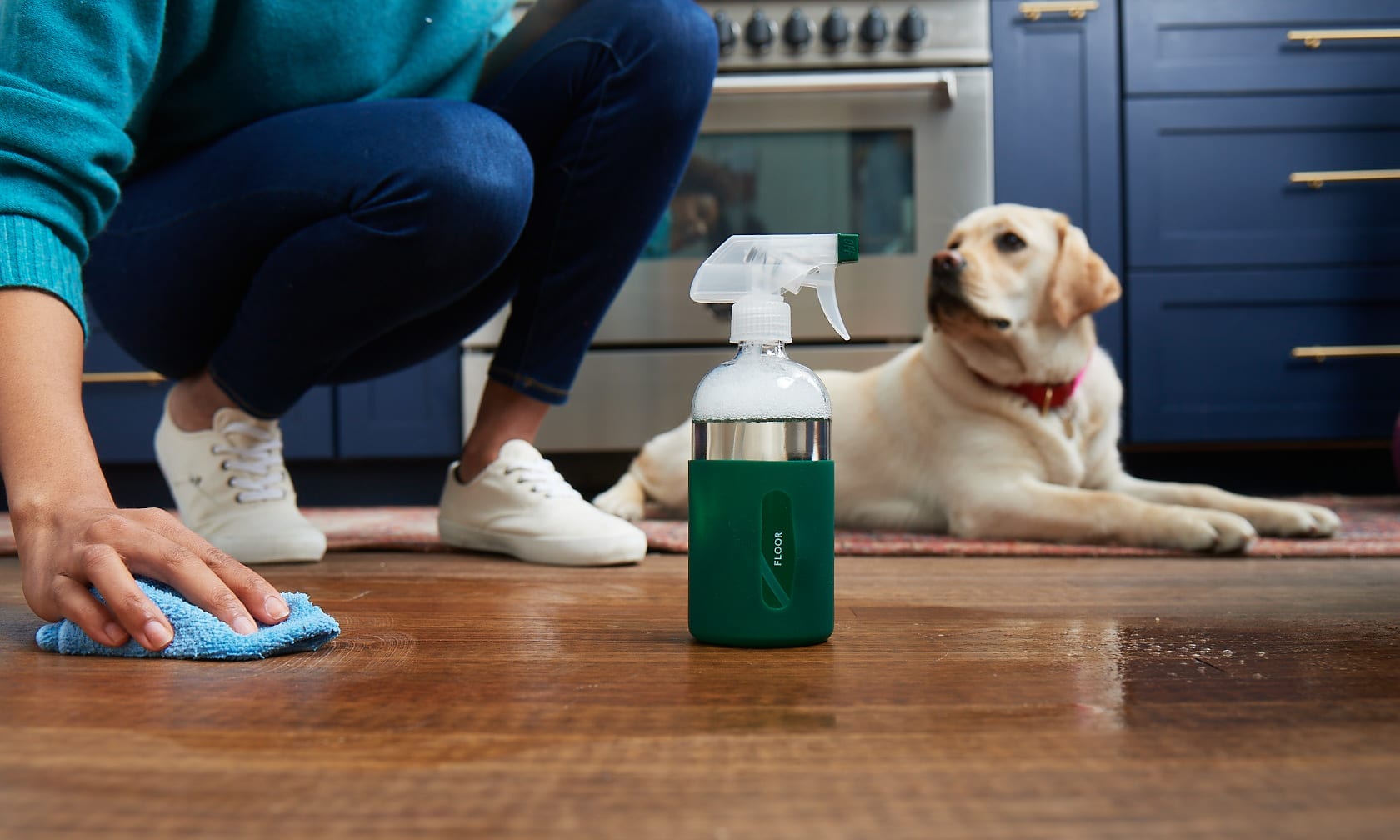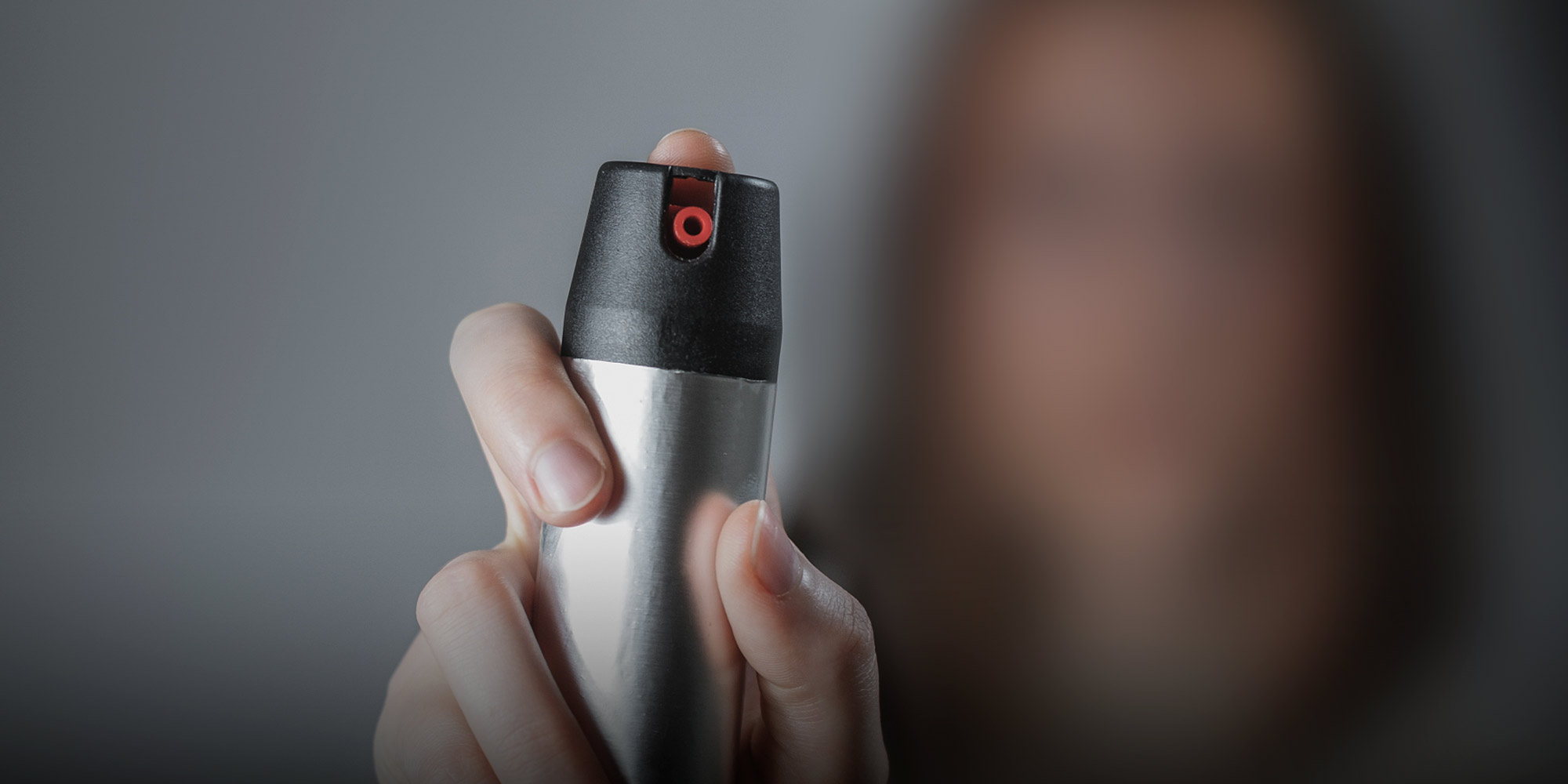Home>Home Security and Surveillance>How Long After Spraying Home Defense Is It Safe For Pets
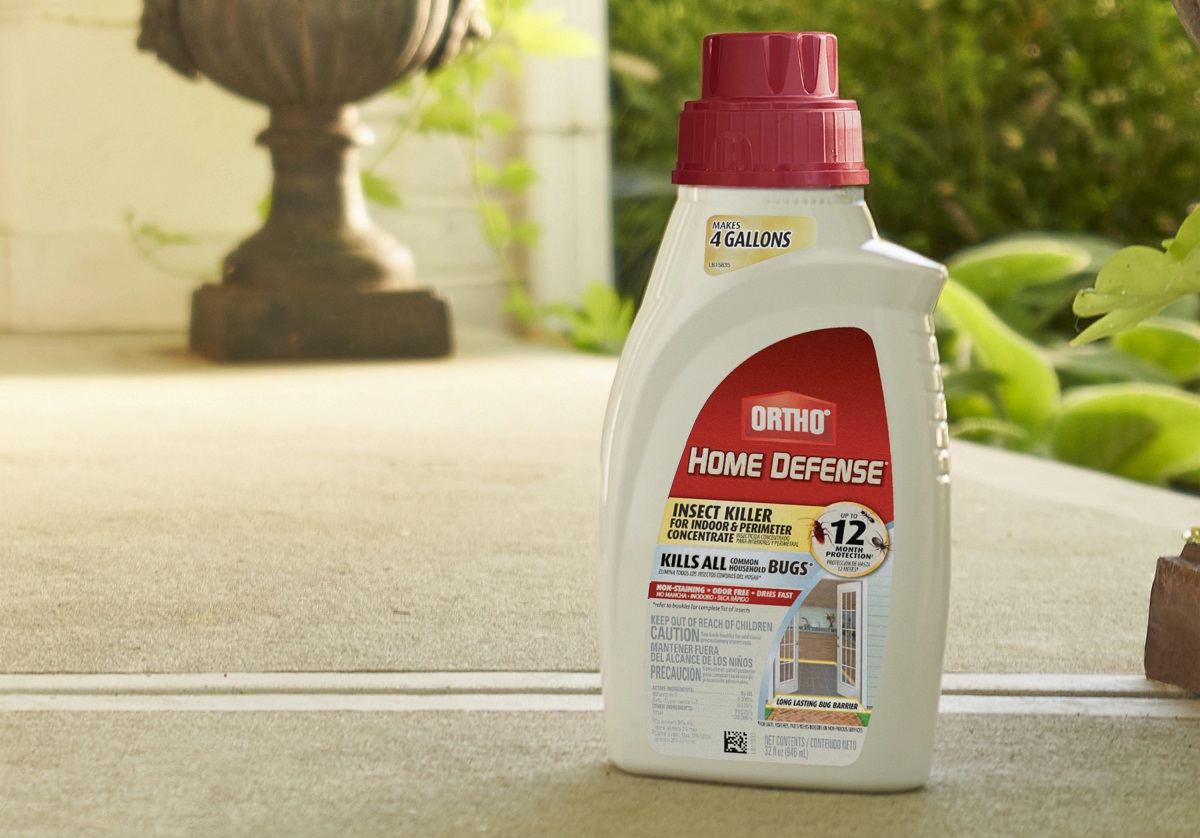

Home Security and Surveillance
How Long After Spraying Home Defense Is It Safe For Pets
Modified: March 6, 2024
Ensure your pet's safety after using home defense products. Find out how long you should wait before allowing pets back into treated areas.
(Many of the links in this article redirect to a specific reviewed product. Your purchase of these products through affiliate links helps to generate commission for Storables.com, at no extra cost. Learn more)
Introduction
Home security and surveillance is a top priority for many homeowners. Protecting our loved ones, including our pets, is crucial. That’s where home defense spray comes into play. These sprays are designed to repel and deter intruders, providing an extra layer of protection for our homes.
However, as pet owners, it’s important to be mindful of the potential dangers that home defense spray can pose to our furry friends. While these sprays are effective in warding off unwanted intruders, they may contain chemicals that could be harmful to pets if ingested or inhaled.
In this article, we will delve into the topic of pet safety when using home defense spray. We’ll discuss the potential dangers, factors that affect pet safety, and provide some guidelines on how long to wait before it’s safe for pets to re-enter the treated area. By following these guidelines, you can ensure the well-being of your pets while maintaining a secure home environment.
Key Takeaways:
- Protect your pets by choosing pet-friendly home defense sprays and following manufacturer’s guidelines for application and re-entry time.
- Prioritize pet safety by observing reactions, providing ventilation, and keeping pets away during spraying to minimize risks.
Understanding Home Defense Spray
Home defense spray, also known as insecticide or bug spray, is a common product used to protect homes from pests and intruders. These sprays typically contain a mixture of chemicals that are designed to repel or kill pests such as insects, spiders, and rodents.
There are different types of home defense sprays available in the market, including aerosol sprays, granules, and liquid concentrates. Some sprays are formulated for specific pests, while others provide broader protection against a range of insects and pests.
When using home defense spray, it’s essential to carefully read and follow the instructions provided by the manufacturer. This includes understanding the application method, safety precautions, and recommended wait times before re-entry into the treated area.
While these sprays are generally safe for humans when used correctly, they can pose potential risks to pets. Pets are more sensitive to certain chemicals found in home defense sprays and may experience adverse reactions if exposed.
It’s important to note that not all home defense sprays are created equal. Some products are labeled as pet-friendly or pet-safe, indicating that they have undergone additional testing and are formulated with ingredients that are less toxic to animals. However, even with pet-friendly sprays, it’s crucial to take precautions to protect your pets from direct exposure.
Now that we have a basic understanding of home defense spray, let’s explore the potential dangers it can pose to our pets and how we can minimize these risks.
Potential Dangers for Pets
While home defense sprays are effective in repelling pests, they can potentially harm our beloved pets if they come into direct contact with the spray or inhale the fumes. It’s crucial to be aware of the potential dangers that these sprays can pose to our furry friends. Here are some of the primary risks:
- Toxic Chemicals: Home defense sprays often contain chemicals such as pyrethroids, organophosphates, or permethrin, which can be toxic to pets if ingested or absorbed through the skin. These chemicals can cause a range of adverse effects, including gastrointestinal distress, respiratory problems, neurological issues, and skin irritations.
- Respiratory Issues: Pets, especially those with pre-existing respiratory conditions such as asthma or allergies, may be more susceptible to respiratory problems when exposed to the fumes or airborne particles of home defense sprays. Inhalation of these chemicals can cause coughing, wheezing, sneezing, and difficulty breathing.
- Oral Ingestion: Pets are curious creatures and may be tempted to lick or chew on surfaces that have been treated with home defense spray. Ingesting these chemicals can lead to gastrointestinal upset, nausea, vomiting, diarrhea, and even poisoning in severe cases.
- Skin and Eye Irritation: Direct contact with home defense sprays can cause skin irritation, redness, itchiness, or even chemical burns on your pet’s skin. If the spray gets into their eyes, it can cause irritation, redness, and discomfort.
- Accumulated Exposure: Continuous exposure to home defense sprays over time may increase the risk of long-term health issues for pets. They may develop chronic respiratory problems, organ damage, or other systemic health complications.
It’s important to recognize the potential dangers and take necessary precautions to protect our pets from exposure to home defense sprays. Understanding the factors that can affect pet safety is vital in ensuring their well-being.
Factors Affecting Pet Safety
Several factors can influence the level of risk and pet safety when using home defense sprays. Understanding these factors can help you make informed decisions and take appropriate measures to protect your pets. Here are some key factors to consider:
- Type of Spray: The type of home defense spray used can impact pet safety. Some sprays are specifically formulated to be pet-friendly, meaning they contain ingredients that are less harmful to animals. Choosing a pet-friendly spray can help minimize the risk of adverse reactions in pets.
- Concentration and Ingredients: The concentration of chemicals and specific ingredients used in the home defense spray can vary. Highly concentrated sprays or those containing more toxic chemicals pose a higher risk to pets. It’s important to read the product label and choose sprays with lower toxicity levels.
- Pet Sensitivity: Every pet is different, and some may be more sensitive to the effects of home defense sprays than others. Factors such as age, overall health, and pre-existing medical conditions can affect a pet’s tolerance to these chemicals. It’s crucial to consider your individual pet’s susceptibility when determining safety measures.
- Application Method: The way the home defense spray is applied can influence pet safety. For example, sprays that are directly applied to surfaces such as floors or furniture can pose a higher risk of direct contact for pets. Sprays with a more controlled application method, such as aerosol sprays or targeted spot treatments, may offer better pet safety.
- Adequate Ventilation: Proper ventilation is key to reducing the concentration of fumes and airborne particles from home defense sprays. Ensuring good airflow and opening windows or using fans can help disperse the chemicals and minimize exposure to pets.
- Follow Manufacturer Instructions: Always read and follow the instructions provided by the manufacturer of the home defense spray. The instructions will include information on recommended wait times, precautions, and how to protect pets during and after application. Following these guidelines is essential for pet safety.
By considering these factors, you can make informed decisions and take necessary precautions to minimize the risk to your pets when using home defense sprays. It’s also important to understand the timeframe for pet safety after spraying to ensure their well-being.
It is recommended to keep pets away from treated areas until the spray has dried, which usually takes about 2-3 hours. After that, it should be safe for pets to re-enter the area. Always follow the instructions on the product label for specific guidance.
Timeframe for Pet Safety After Spraying
When it comes to ensuring the safety of your pets after spraying home defense products, the timeframe for re-entry into the treated area is an important consideration. While the specific timeframe may vary depending on the product and its ingredients, here are some general guidelines to follow:
- Read the Product Label: The first step is to carefully read the instructions provided on the product label. The manufacturer will often provide specific guidance on when it is safe to allow pets back into the treated area. It’s crucial to follow these instructions to ensure your pet’s safety.
- Consider Ventilation and Drying Time: The time it takes for the spray to dry and the area to ventilate can impact pet safety. Ensure that the sprayed area is well-ventilated by opening windows and using fans to help disperse any lingering fumes. Additionally, allow sufficient time for the spray to dry before allowing your pets back into the area.
- Temporary Relocation: If possible, consider temporarily relocating your pets to a separate area of the house or outside during and immediately after spraying. This will help minimize their direct exposure to the spray and allow ample time for any residual chemicals to disperse.
- Follow the Minimum Wait Time: The product label may specify a minimum wait time before allowing pets back into the treated area. This timeframe allows for the majority of the chemicals to settle and reduces the risk of direct exposure. It is crucial to adhere to this recommended wait time to protect your pets.
- Observe Your Pet: After the recommended wait time has passed, observe your pet for any signs of discomfort or adverse reactions upon re-entry. If you notice any unusual behavior, respiratory distress, or physical symptoms, contact your veterinarian immediately.
Remember that every product may have different instructions, so it’s essential to read the specific guidelines provided by the manufacturer of the home defense spray that you are using. Taking these precautions will help ensure the safety and well-being of your pets.
Precautions to Ensure Pet Safety
Protecting the safety of your pets is paramount when using home defense spray. By taking certain precautions, you can minimize the risks and ensure their well-being. Here are some essential precautions to follow:
- Choose Pet-Friendly Sprays: Look for home defense sprays that are specifically labeled as pet-friendly or pet-safe. These products are formulated with ingredients that are less harmful to animals. Using a pet-friendly spray can significantly reduce the risk of adverse reactions in your pets.
- Keep Pets Away During Application: It’s crucial to keep your pets away from the treated area during the application process. This can be done by confining them to a separate room or keeping them outside, preferably in a safe and secure area. This precaution prevents direct contact with the spray and reduces the risk of ingestion or inhalation.
- Follow Application Guidelines: Always read and follow the instructions provided by the manufacturer for the proper application of the home defense spray. This includes the recommended dosage, spraying technique, and safety precautions. Following these guidelines ensures the effective and safe use of the product.
- Protect Food and Water Bowls: Before spraying, remove your pet’s food and water bowls from the area. Cover or seal the bowls to prevent any potential contamination. Once the spray has dried and the area is safe for pets, you can return their food and water bowls.
- Clean Up Excess Spray: Be cautious when handling and applying the home defense spray to avoid overspray or spills. Clean up any excess spray promptly, following the manufacturer’s instructions for proper disposal. This prevents accidental exposure to your pets and helps maintain a safe environment.
- Provide Adequate Ventilation: Ensure that the treated area has proper ventilation by opening windows, using fans, or running air purifiers. Good airflow helps dissipate any lingering fumes or particles, reducing the risk of respiratory issues for your pets.
- Observe Pet Reactions: After allowing your pets back into the treated area, closely monitor their behavior and any physical symptoms. Keep an eye out for signs of discomfort, respiratory distress, or abnormal behavior. If you notice any concerning reactions, contact your veterinarian for further guidance.
By adhering to these precautions, you can create a safer environment for your pets while effectively addressing your home security needs. Remember that each pet is unique, and their tolerance to these sprays may vary. Prioritize their safety by choosing pet-friendly products and following the recommended guidelines for use.
Conclusion
When it comes to home security and protecting our loved ones, including our pets, it’s important to be mindful of the potential risks associated with home defense sprays. While these sprays are effective in repelling pests, they can contain chemicals that may be harmful to our furry friends.
In this article, we discussed the potential dangers that home defense sprays can pose to pets, including toxic chemicals, respiratory issues, oral ingestion, skin and eye irritation, and accumulated exposure. We also explored the factors that can affect pet safety, such as the type of spray, concentration, pet sensitivity, application method, ventilation, and adhering to manufacturer instructions.
Understanding the timeframe for pet safety after spraying and taking necessary precautions are essential in minimizing the risks. By reading the product label, considering ventilation and drying time, temporarily relocating pets, following recommended wait times, and closely observing pet reactions, we can ensure their well-being.
Remember, it’s crucial to choose pet-friendly home defense sprays and to always prioritize the safety of our pets. If you have any concerns or questions about using home defense sprays around your pets, it’s best to consult with your veterinarian for personalized advice.
By striking a balance between maintaining a secure home environment and protecting our furry companions, we can enjoy peace of mind and create a safe haven for everyone in our households.
Frequently Asked Questions about How Long After Spraying Home Defense Is It Safe For Pets
Was this page helpful?
At Storables.com, we guarantee accurate and reliable information. Our content, validated by Expert Board Contributors, is crafted following stringent Editorial Policies. We're committed to providing you with well-researched, expert-backed insights for all your informational needs.
